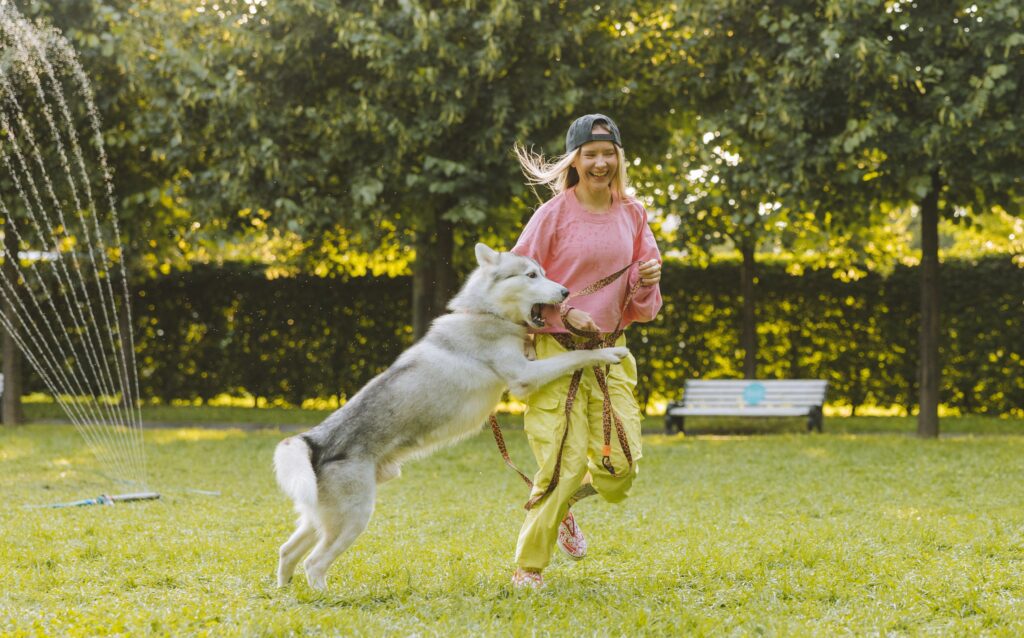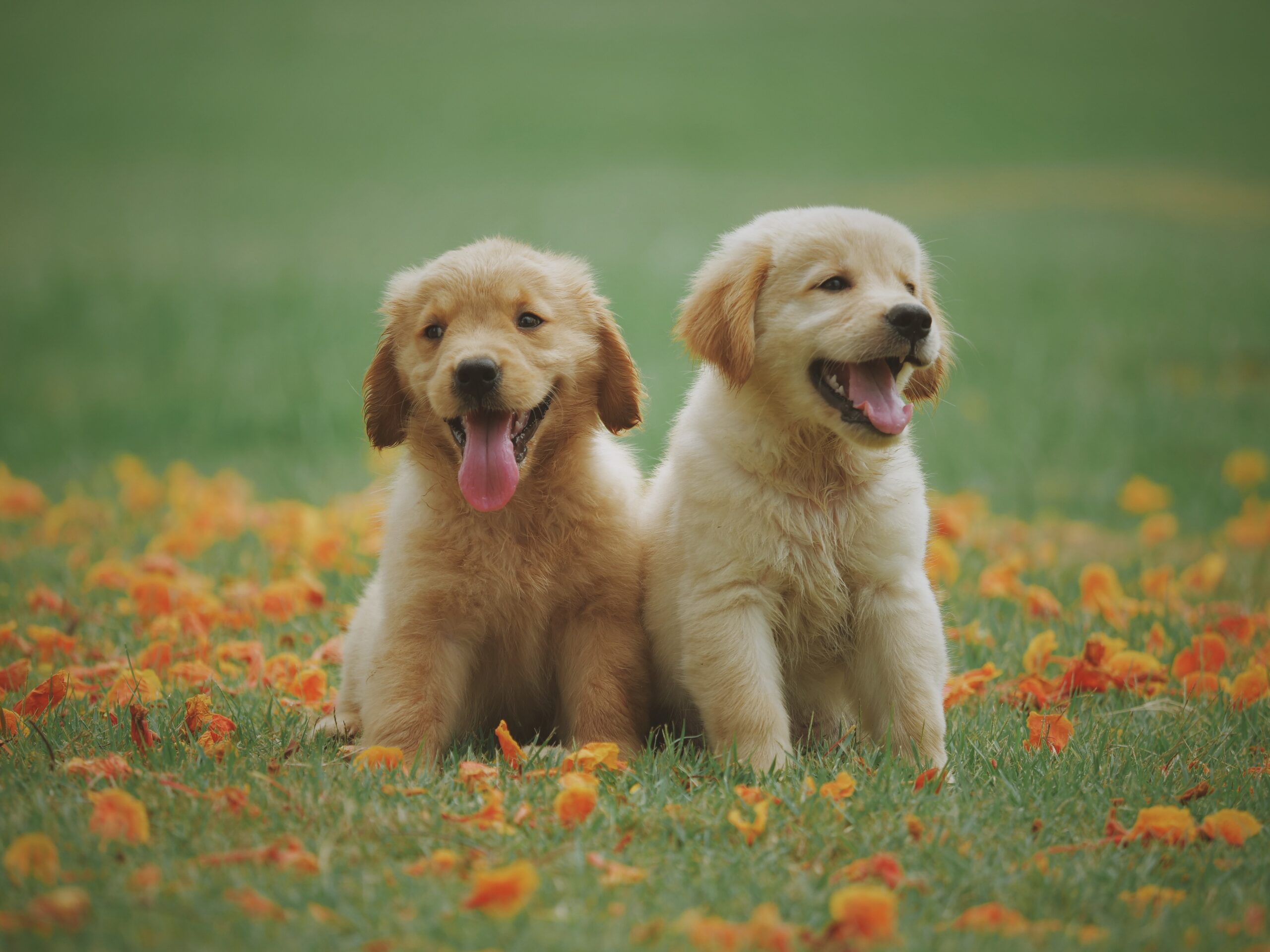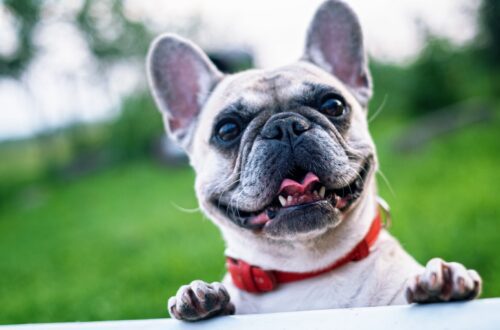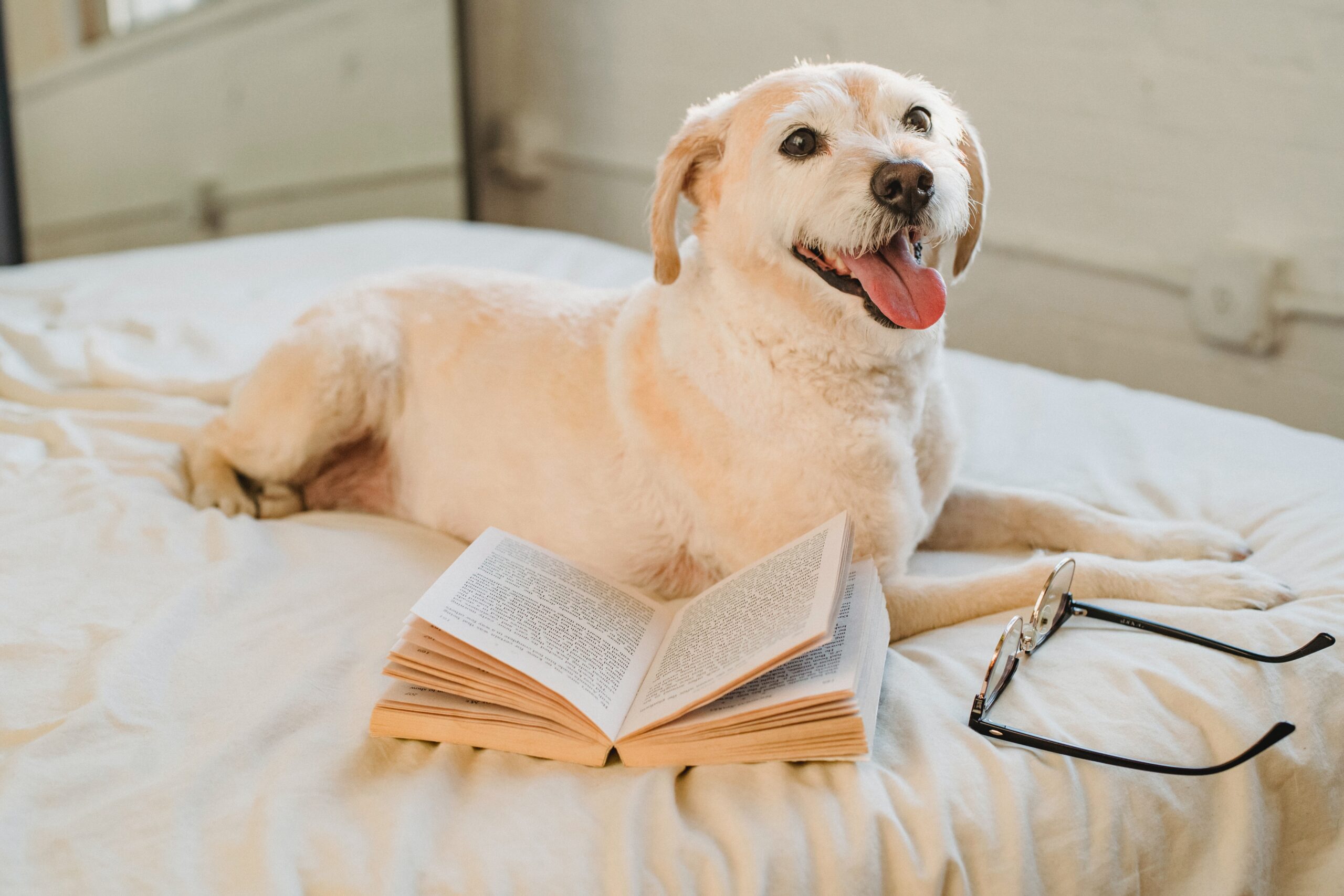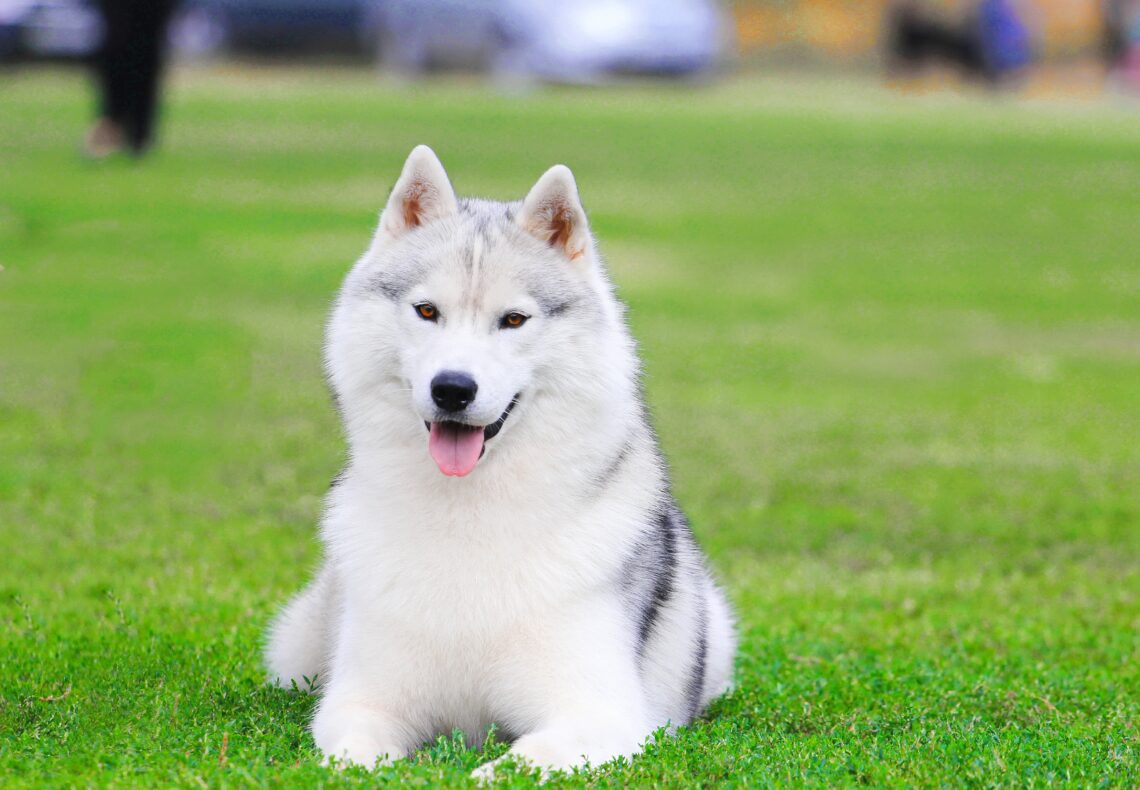
Sibarian Husky: Characteristics, Nutrition, Training, History
The Siberian Husky is a medium-sized working dog breed, known for its robust, kind disposition and unique appearance.
History:
The Siberian Husky is a breed of working dog that was highly valued by the Chukchi people of Siberia as both a companion and sled dog. In 1909, it was introduced to Alaska for sled dog competitions and quickly proved itself to be a reliable and victorious breed. The Siberian Husky gained national recognition in 1925, after teams of these dogs braved harsh blizzard conditions to deliver life-saving serum over a distance of 674 miles (1,085 km) to the city of Nome, Alaska, which was under the threat of a diphtheria outbreak.
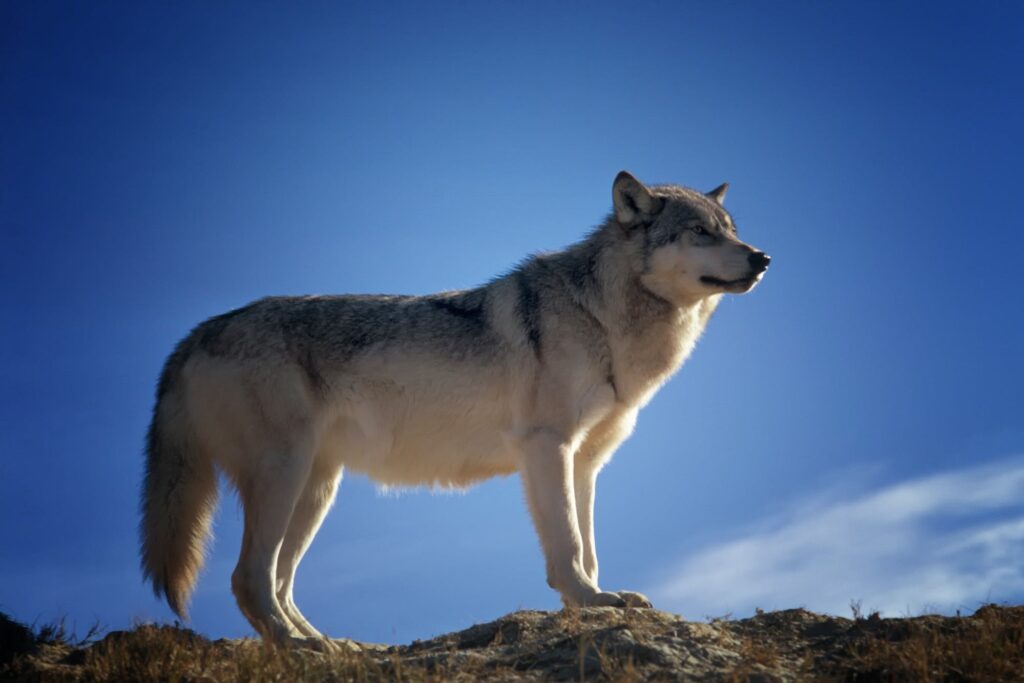
The breed has some general characteristics, which include the following:
Body Appearance:
Coat: Siberian Huskies have a double coat with a straight, coarse outer coat and a dense, soft undercoat. The breed comes in various hues and patterns, such as black, gray, red, and agouti. They usually have eye-catching face markings and masks.
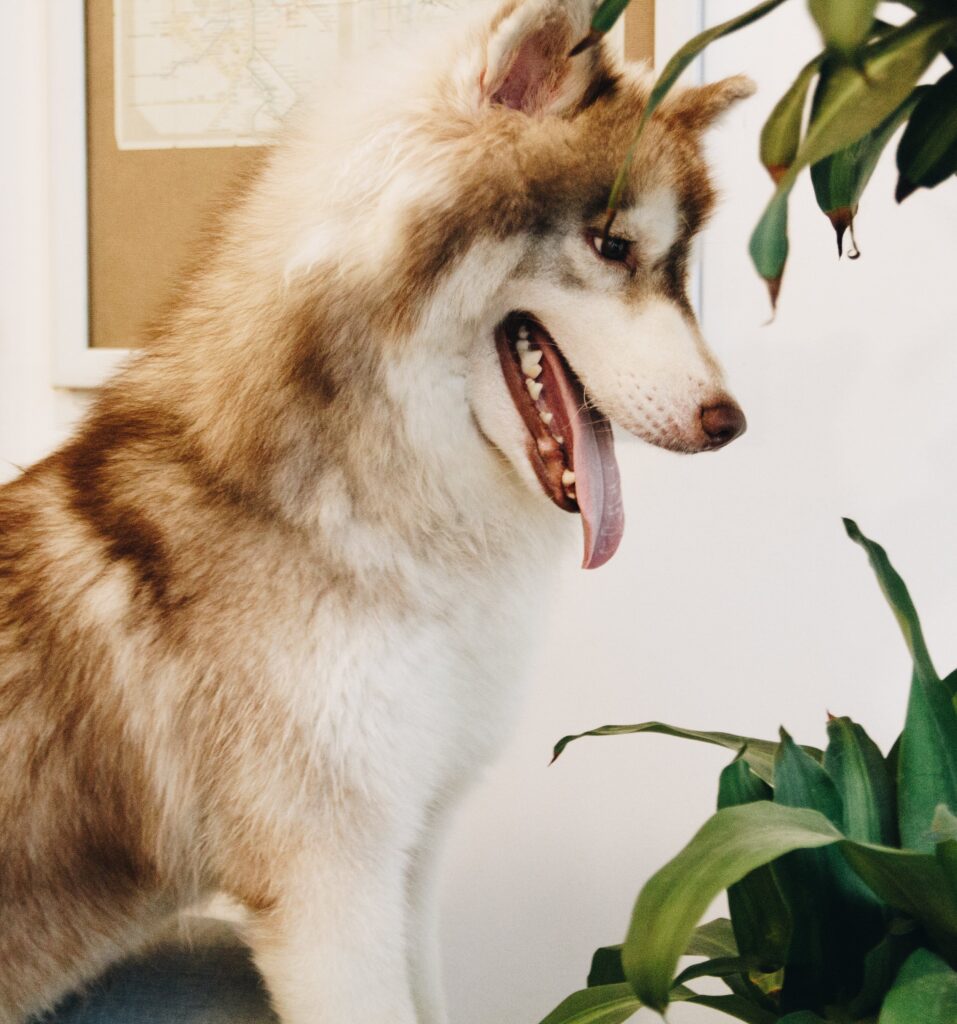
Size: The Siberian Husky’s height at the withers ranges from 20 to 24 inches (51 to 61 cm) and their weight varies between 35 to 60 pounds (16 to 27 kg). They have unique head patterns that resemble a mask, a hat, or eyeglasses. Typically, their fur color is gray, brown, or black and white.ir fur color is gray, brown, or black and white.
Eyes: The breed can have brown, green, or amber eyes, but their remarkable blue eyes are one of their most distinguishing features. It is not uncommon for them to have heterochromia, which means they have two distinct colored eyes.

Behavior:
Siberian Huskies are known for being friendly and outgoing canines that enjoy the company of people and other dogs. However, they can be independent thinkers and not as docile as some other breeds. Therefore, it is important to train them consistently to ensure good behavior and a strong relationship. These lively and clever dogs require both physical and mental exercise, and enjoy challenges such as agility training and obedience training.

Nutrition:
It is important to feed Siberian dogs a premium diet to maintain their healthy skin and hair. The protein content of their food should be adjusted depending on their level of activity. For instance, a working Siberian dog in harness during winter may require a protein content of up to 32 percent, while a reduced protein content of about 20 percent may suffice during summer. It is important to monitor each Siberian dog’s needs and adjust the type and amount of food accordingly. Avoid overfeeding and keep an eye on each dog’s weight. Choose your vitamins carefully.
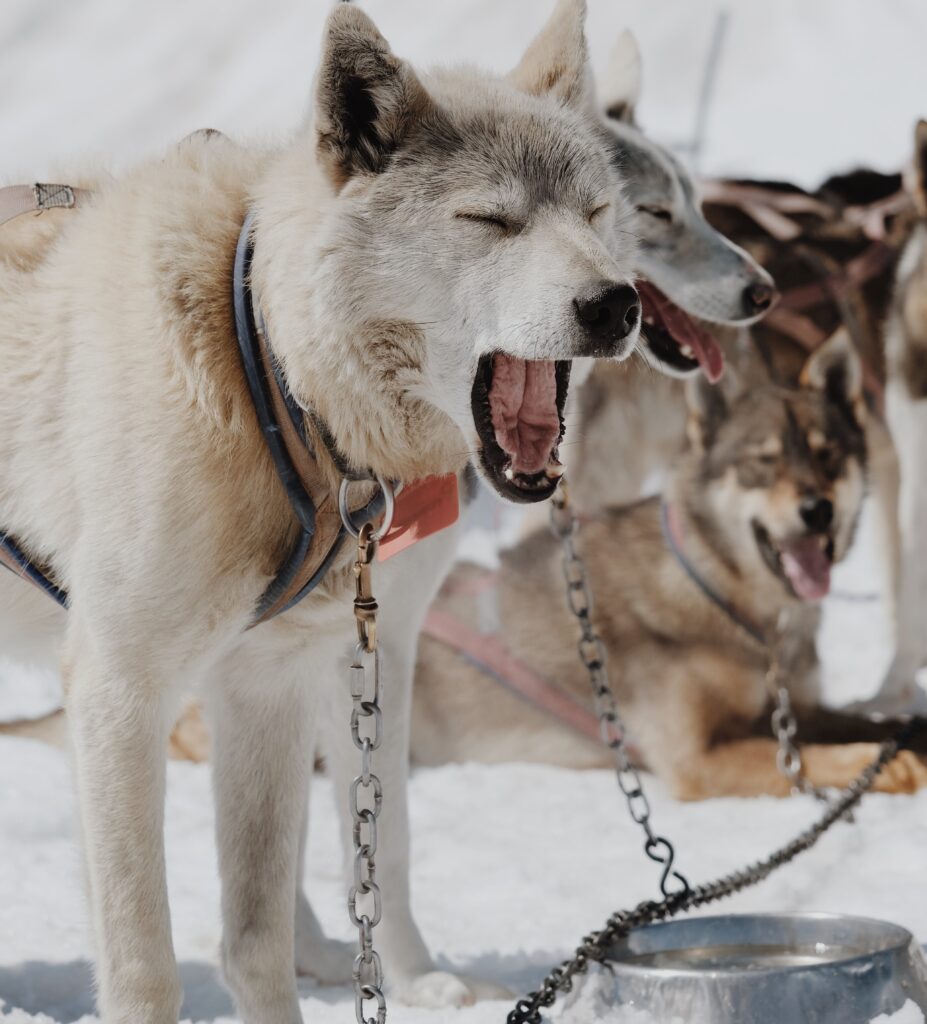
Level of Activity:
High Energy: Siberian Huskies are an energetic breed that requires frequent exercise to keep their bodies and minds in good condition. For their wellbeing and general health, they need to play, go for daily walks, and engage in other activities.
Socialization:
Good with People: Huskies get along well with most people, including kids. Early socializing is crucial, nevertheless, to guarantee their good manners and comfort in a variety of settings.
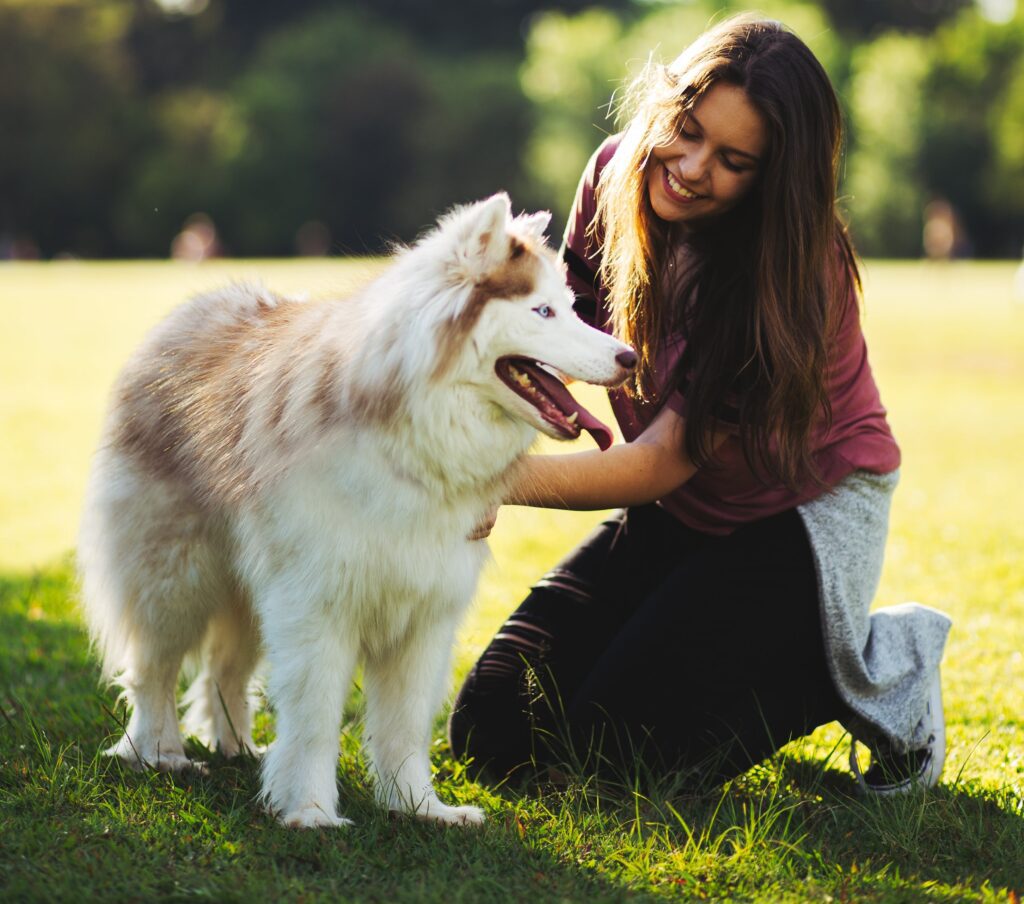
Vocalization and Howling:
Breed Vocalization: Huskies are recognized for their vocalizations and howling. They may “talk” or “sing” to communicate, which their owners may find interesting.
History of Sled Dogs:
Working History: Huskies are renowned for their strength and endurance, having originally been developed as sled dogs in frigid locations. However, they should be watched near smaller animals since they have a high prey drive. They have a high prey drive.
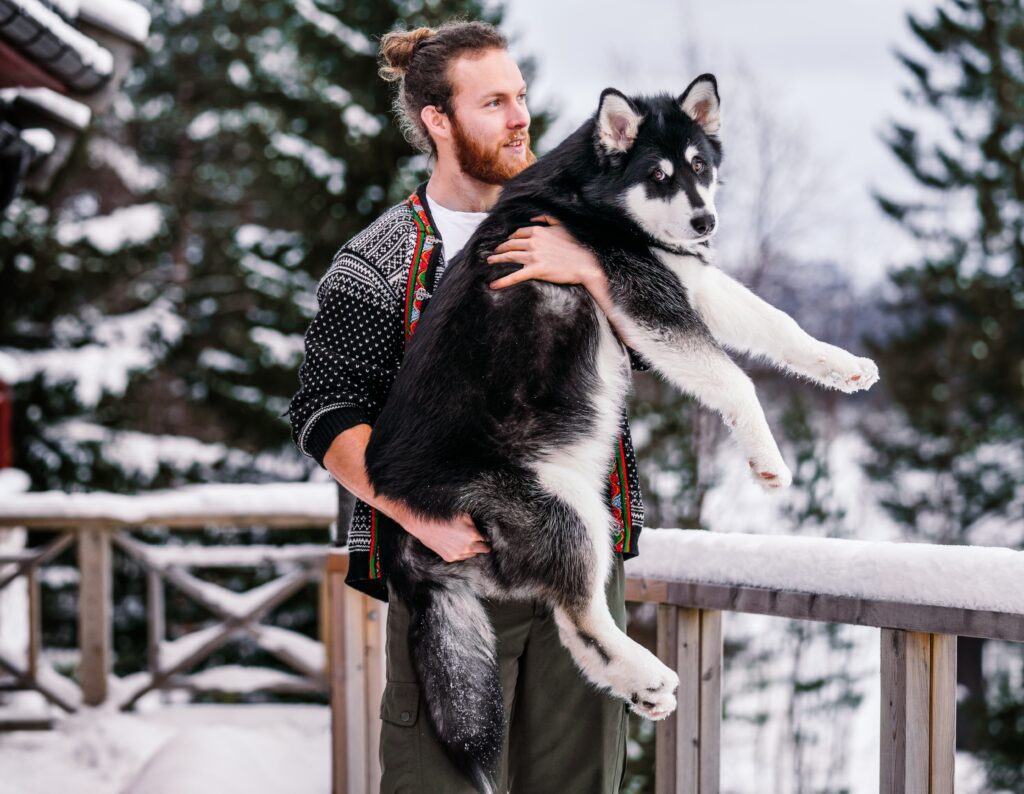
Grooming concerns:
Siberian Huskies are notorious for shedding large amounts of fur, especially during seasonal transitions. Maintaining their grooming is crucial, including regular bathing and combing, to control their shedding.
Temperature maintenance:
Due to their thick coat acting as insulation, they are incredibly well-suited to cold temperatures, but may not fare as well in very hot weather. Siberian Huskies are talented escape artists, known for their exceptional jumping and digging abilities, so it is imperative to have a sturdy fence and monitor them closely to avoid them getting lost. While each dog has its own unique personality, raising a well-behaved and happy Siberian Husky requires proper training, socialization, and care.
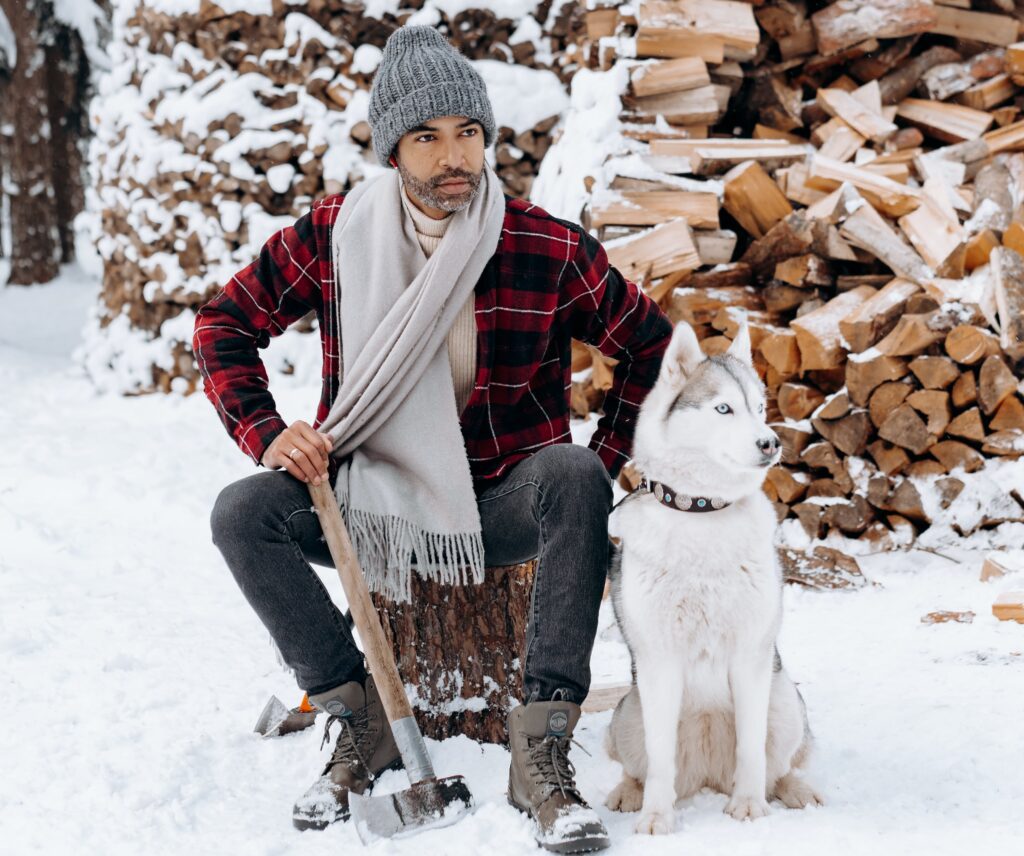
Training of Siberian Husky:
The Siberian Husky is one of several breeds that benefit from early socialization, basic obedience training, and etiquette education. Training dogs for harness work takes hours of commitment and perseverance, for those owners who choose to do so. There are several excellent books on training for the trail that offer guidance and basic information. The ideal strategy is to make every training practice enjoyable for both the dog and the handler. Siberians are highly sociable and require the company of their owners or other dogs on a frequent basis; they do not do well when left alone all day. Siberians should never be left unattended and should always be kept on a leash or in a safely fenced-in area due to their intense urge to run.
